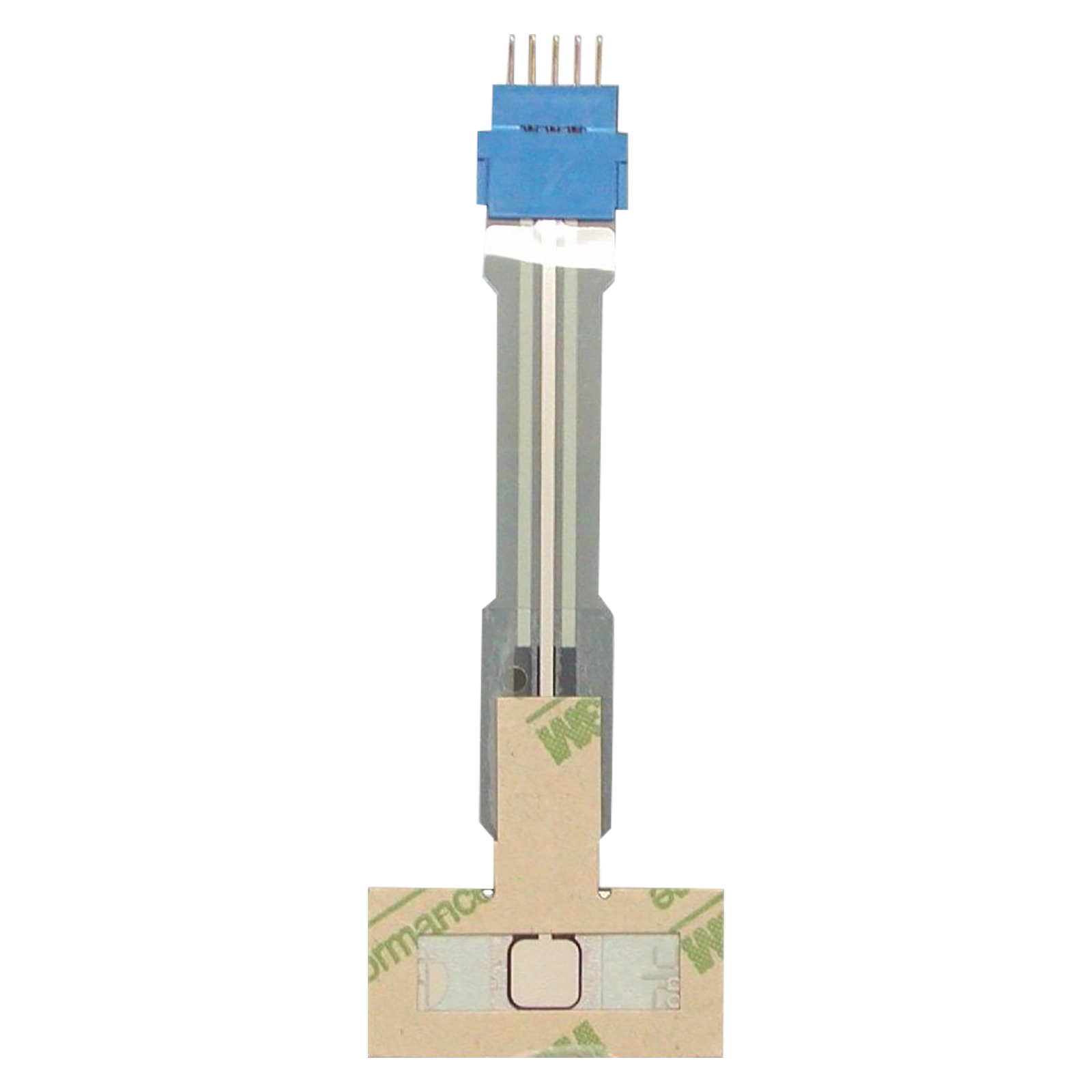Membrane Switches: A Essential Component in Bespoke Control Panels
Why Membrane Changes Are Necessary for Long Lasting Control Equipment
Membrane switches play a crucial role in ensuring the durability and integrity of control systems across numerous industries. As we discover the diverse benefits of membrane layer switches, it becomes evident that their relevance transcends mere functionality, affecting individual experience and operational efficiency.
Introduction of Membrane Switches
Membrane layer switches are flexible and reliable elements generally utilized in different electronic control systems. The visuals overlay gives both functional and aesthetic design, while the spacer layer ensures that the switches are activated just when pushed.
Membrane buttons are typically favored in applications needing a portable and lightweight layout, making them optimal for portable tools, clinical equipment, and commercial machinery. They can be customized to fulfill certain user needs and can incorporate different attributes such as backlighting, tactile comments, and several shades. Furthermore, membrane switches are resistant to dirt, dampness, and impurities, making them ideal for environments where sturdiness is necessary.
Benefits of Toughness
In numerous applications, the durability of membrane changes deals considerable benefits that improve their overall performance and integrity. These switches are designed to hold up against rough environments, making them ideal for usage popular problems such as high humidity, severe temperatures, and direct exposure to chemicals. Their robust building and construction assists to avoid damages from physical effect, guaranteeing lasting performance and reducing the need for constant replacements.
In addition, membrane switches are immune to damage, which is crucial in applications where frequent interaction occurs. This longevity equates to decrease maintenance prices, as organizations benefit from lowered downtime and fewer solution disruptions. In addition, the encapsulated style of membrane layer switches safeguards internal components from dust and dampness ingress, more adding to their life expectancy.
Another advantage is their capacity to maintain consistent performance in time. With a high tolerance for mechanical stress and anxiety, these buttons maintain their responsive responses and electrical honesty, making sure individual contentment. Inevitably, the toughness of membrane switches not just enhances operational efficiency but also fosters self-confidence in their integrity, making them a recommended option for control systems across numerous fields.
Applications in Different Industries
Durable control systems using membrane layer switches find considerable applications across a series of industries, each gaining from the one-of-a-kind characteristics these switches supply. In the clinical market, membrane layer buttons are vital for devices such as individual screens and diagnostic tools, where dependability and ease of cleansing are critical. Their resistance to moisture and impurities guarantees they preserve capability in clean and sterile environments.
The vehicle sector leverages membrane switches for control panel controls and infomercial systems, where they give sleek, inconspicuous interfaces that improve individual experience. These switches are also made to endure rough problems, including direct exposure to extreme temperatures and resonances.
In commercial settings, membrane switches are generally utilized in equipment control board, using responsive responses and resilience needed for high-usage applications. Their capacity to stand up to chemicals makes them ideal for making atmospheres where spills and contaminants are frequent.

Customer electronics, such as cooking area home appliances and push-button controls, also utilize membrane switches for their versatility and cost-effectiveness. Overall, the versatility and robust nature of membrane switches make them crucial across various markets, ensuring efficient procedure and longevity in control systems.
Layout and Visual Appeal
While capability is vital, the design and visual charm of control systems geared up with membrane layer buttons play a crucial role in individual interaction and total experience (membrane switch). The aesthetic style of these switches can considerably influence user assumption and interaction. A properly designed membrane button enhances the beauty of the device, making it more attractive to individuals and cultivating a connection between the customer and the product
Membrane changes provide a good deal of adaptability in design, permitting suppliers to tailor graphics, shades, and appearances to line up with brand identification and item aesthetics. The use of dynamic shades and unique patterns can attract focus, while tactile responses can reinforce the individual's interaction with the device. In addition, the ability to integrate LED indications and backlighting right into the membrane layer button layout offers both practical and visual advantages, like it improving presence and functionality in different environments.

Enhancing User Experience

Furthermore, membrane layer switches can be tailored to include visual interfaces, improving functionality by providing information in a clear and intuitive way (membrane switch). This personalization can include icons, tags, and shade coding that overview users with complicated performances effortlessly. Additionally, their flexibility permits integration in various environments, guaranteeing consistent efficiency whether in industrial equipment or customer electronic devices
The resilience of membrane Going Here switches additionally plays an important duty in individual experience. By enduring harsh problems and prolonged usage, these switches decrease the likelihood of system failings, therefore promoting reliability and customer self-confidence. Ultimately, the strategic usage of membrane layer changes not only boosts performance but additionally dramatically enhances user communication with control systems, making them an important component in modern-day style.
Conclusion
